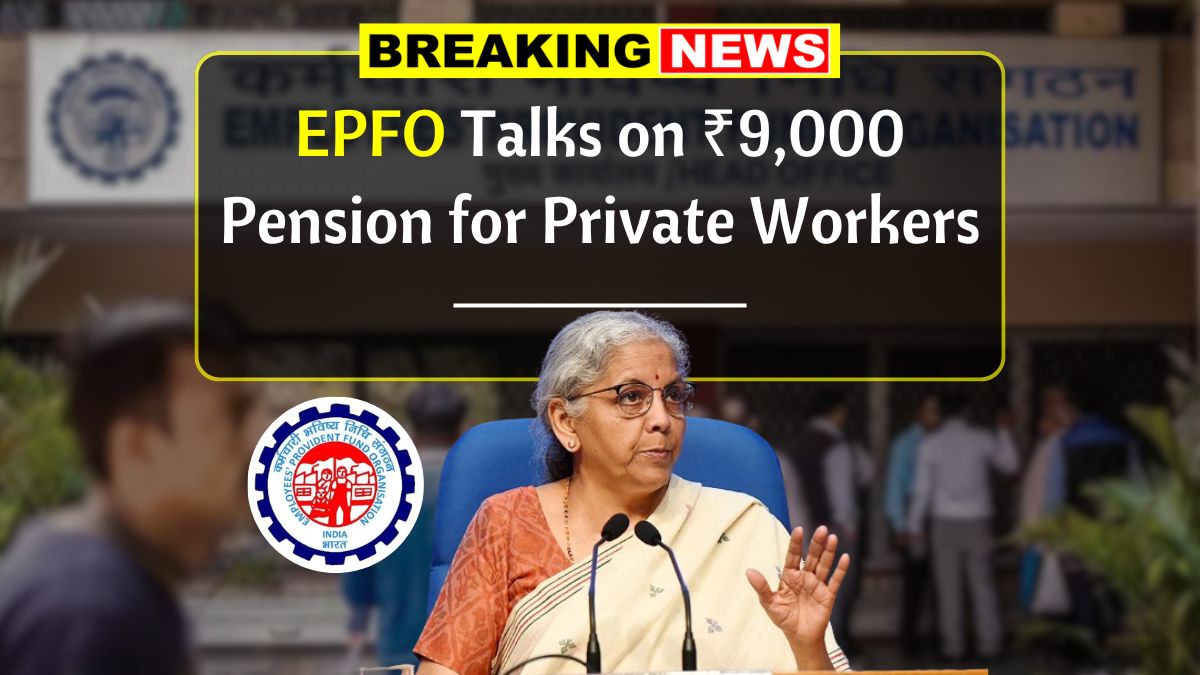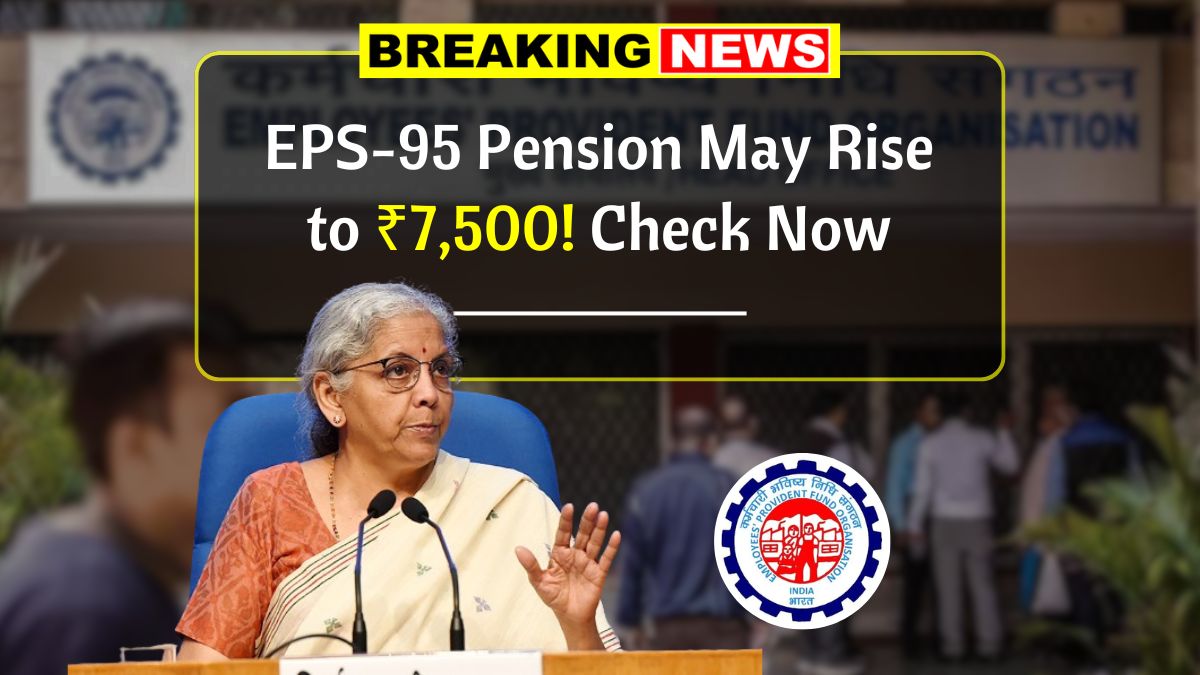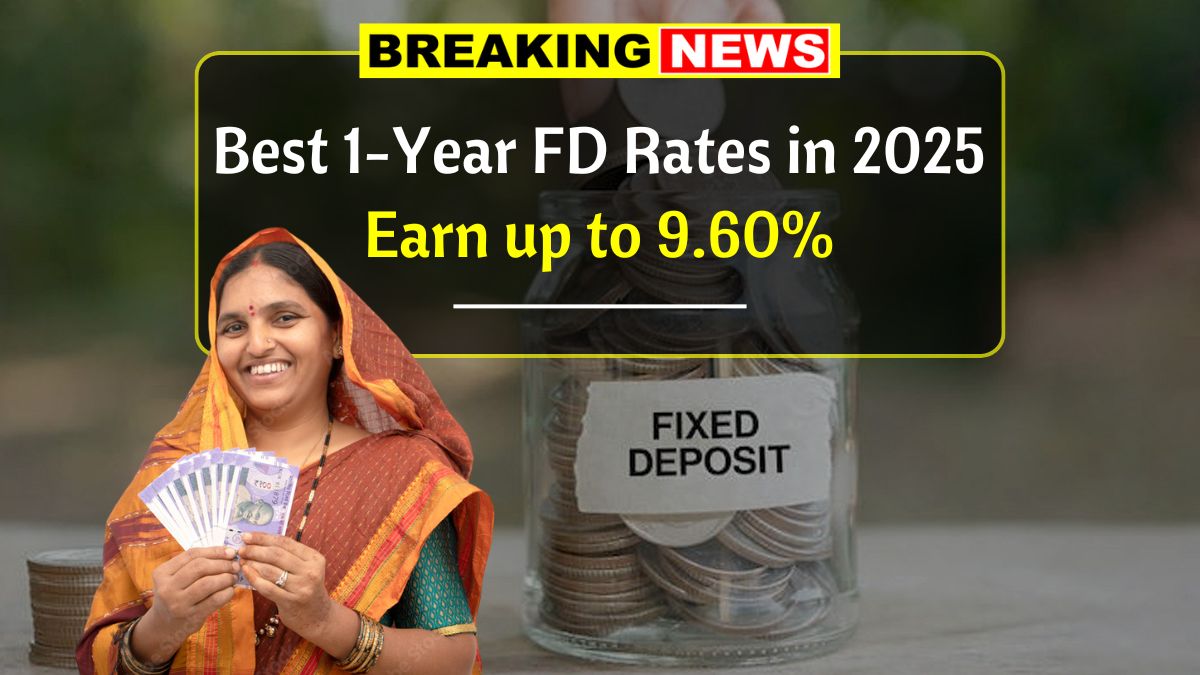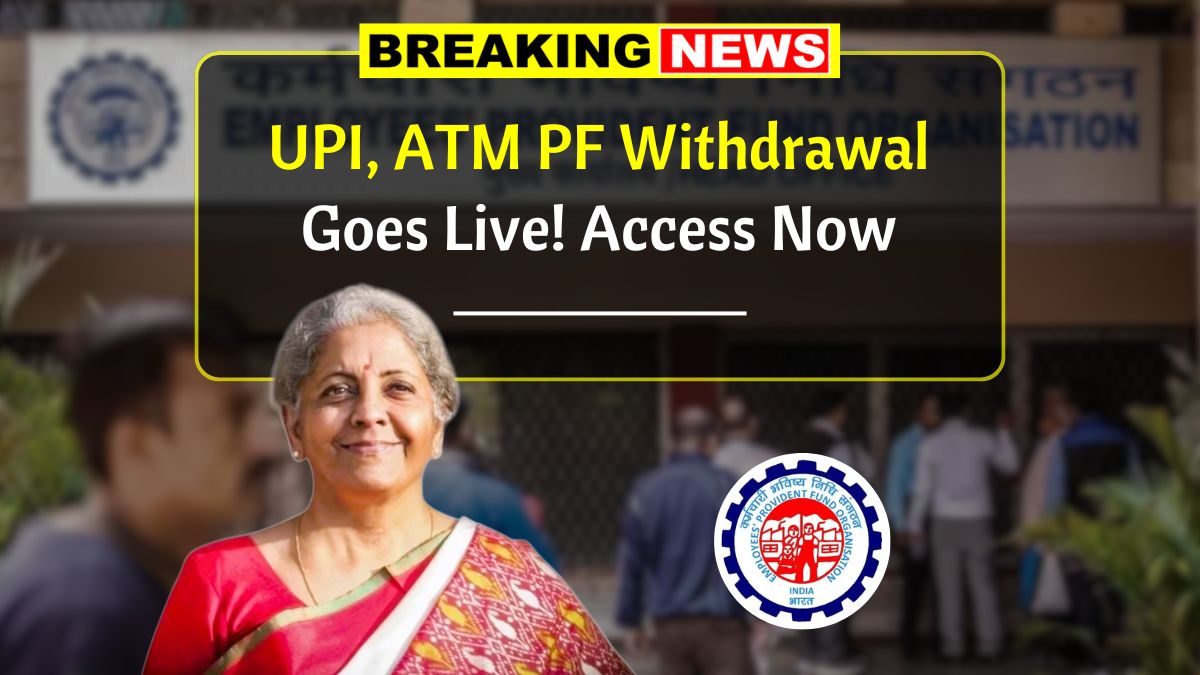EPFO Pension Schemes – The buzz about a possible monthly pension of nine thousand rupees for private sector employees has caught everyone’s attention. People working in private companies across India are eager to know whether this benefit will actually be rolled out. The Employees’ Provident Fund Organisation, or EPFO, is currently at the center of this discussion.
What is EPFO’s Role?
The EPFO is the organization responsible for managing retirement savings and pension benefits for millions of workers in India. Its main goal is to ensure that employees have some financial cushion once they retire. Currently, the pension scheme that EPFO runs is called EPS-95. Under this, the pension amount is calculated based on your salary and how many years you have worked.
Recently, there have been talks about increasing the pension amount to nine thousand rupees per month, especially considering rising living expenses. While nothing has been finalized yet, discussions are ongoing. Any such change would need to be cleared by the central government, and would likely involve several steps of review, approval, and financial analysis.
Why a Higher Pension Could Be a Game-Changer
If this proposal goes through, it could make a big difference for private sector retirees. Many people struggle after retirement due to a lack of regular income. A fixed monthly pension of nine thousand rupees could ease this burden.
A bigger pension means better protection against inflation. It helps reduce dependence on family or part-time work and makes healthcare and daily needs more manageable. Overall, this could lead to a more comfortable and stress-free retirement for thousands of private employees.
The Roadblocks Ahead
As much as the idea sounds promising, there are quite a few challenges that stand in the way. First and foremost, EPFO would need to make sure it can manage the financial pressure of paying out higher pensions to a large number of people.
To fund this increase, both employers and employees might be asked to contribute more. This could raise concerns among companies that are already dealing with tight budgets. Moreover, government approval is necessary, and that process takes time. Policy experts, finance teams, and even employee unions will likely be part of the conversation before anything is implemented.
What Might the Timeline Look Like?
At this point, there is no clear answer on when or if the new pension amount will come into effect. Proposals need to be drafted, reviewed, and approved at different levels. Public feedback, expert analysis, and budget discussions will all play a role.
If everything moves forward smoothly, it could still take several months or even years before the new pension system becomes reality.
How It Compares to the Current System
Right now, pensions under EPS-95 vary depending on how long you’ve worked and how much you’ve earned. For many retirees, the monthly amount is quite low, often between one thousand and three thousand rupees.
The proposed system, on the other hand, suggests a flat amount of nine thousand rupees for eligible workers. This would be a major jump in terms of financial support.
Also, the current pension does not really adjust for inflation, which is a problem as the cost of living continues to rise. A revised system might take this into account more seriously.
What Lies Ahead for Private Employees?
While nothing is confirmed yet, the idea of a better pension plan is a hopeful sign. If implemented, it could help make retirement planning easier and more reliable for private sector workers.
Still, a few things need to align:
- The government must commit to pension reform
- EPFO needs to be financially ready to handle bigger payouts
- Stakeholders like private companies and employees need to be on board
- Economic conditions should support such a shift
What Can Employees Do Right Now?
Until there is more clarity, here are a few steps private sector workers can take:
- Keep an eye on official EPFO updates and news
- Continue making regular contributions to your provident fund
- Start planning your retirement by exploring additional savings options
- Talk to your employer or financial advisor about how this might affect your plans
- Get involved in discussions or forums where employees’ voices are heard
While the nine thousand rupees pension is still a proposal, it highlights the growing focus on improving retirement security for private employees. If things move in the right direction, it could be a welcome change. Until then, staying informed and planning ahead is your best bet.














